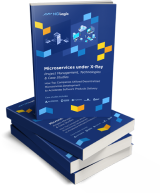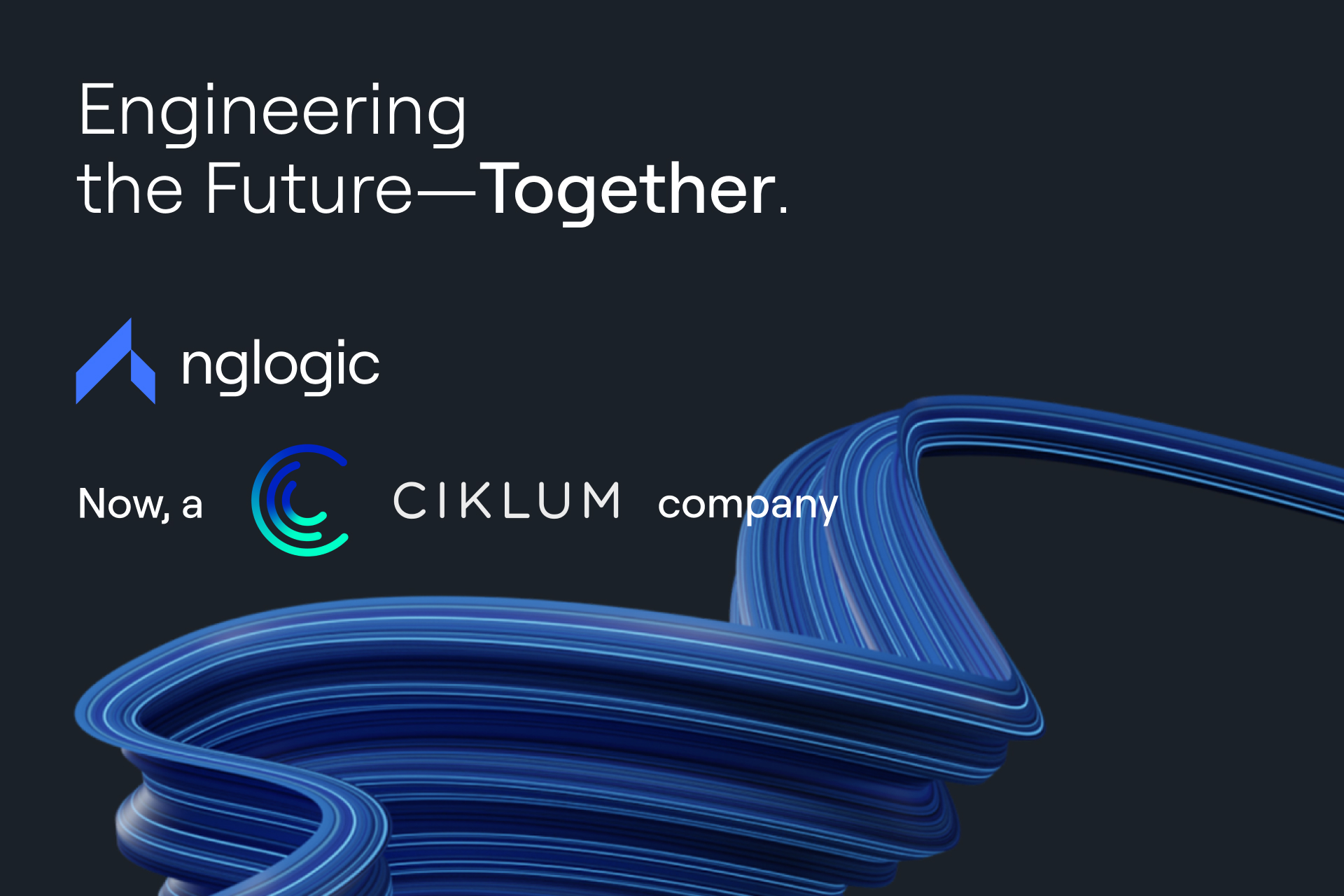Ensuring the highest IT product quality might get tricky and somewhat overwhelming pretty fast, that is why it’s very important to start thinking about it as early as possible. Building up form the top processes focusing on product quality, by testing and QA analysis as well as implementing modern methodologies will help to ensure product quality early on without overinflating the budget related to this aspect of the software development. Extraordinary software quality will lead to better cost-efficiency and above-average performance of your product.
Starting early in the project to implement quality control processes might save you a lot of time, effort and resources in the later phases. If an error or a bug is not detected early enough and it pops up later on, it might cost you to rectify even 1000 times more in the later stage of the project.
So if rectifying an error might cost you $100 in the business requirements stage it might be 10X more in the system requirements stage, 100X more in the high-level design stage and all the way up to $100,000 in implementation. That’s why coming up with structured testing and QA processes and test automation should be a staple of any IT project when thinking about the long-term quality and cost management.
Test Automation
Test automation is a major time and money saver, especially where it is difficult to test things manually, as it does not require human intervention and can be run unattended by a software that is checking code for compliance. This is achieved by implementing a set of rules and has become a standard in the IT industry. Automation is way less prone to errors as no (or minimal) human factor is required. This also means that a much higher speed and increased coverage when it comes to test execution.
When we are talking about application testing there are three main levels to focus on with unit testing being the first, most basic one. Here all the individual components are being tested separately, in order to determine if they perform as per requirements. Here the units are being referred to as the smallest parts of the whole system. with several inputs and (usually) one output. On a higher level is integration testing where individual modules (units) are being put together and tested that way, to determine the quality of the interactions between them and confirm that it’s in line with the system specification. The highest level when it comes to software testing is end-to-end or functional testing. Here the entire system is tested in order to determine any system dependencies and make sure that data integrity maintained all across software components.
Continuous Integration
Continuous Integration is another good practice for ensuring the highest quality of your product, especially when code integration from multiple contributors is needed. It allows developers, both in-house and outsourced, to integrate their code multiple times per day, with every check-in being verified automatically. This approach of integrating code regularly allows for early problem targeting with quick error detection which leads to less backtracking and saves tremendous amounts of time. This is extremely important for organizations that plan to scale up rapidly be it in terms of team size, the codebase of infrastructure, as it improves the feedback loop and enhances communication. After all implementation and testing work on a particular branch is done a merge request is meant for merging the source code between branches.
Keeping in mind that any code is written by human beings and as such is prone to errors and mistakes, peer code reviews help tremendously keep the quality in check. By utilizing code review tools, parts of the source code are being checked by one or several people as a double-check process to minimize errors as the product is being developed.
Agile
Incorporating a modern and well-verified methodology (like Agile) in your product development process will increase flexibility in creating your system, which leads to a shorter time to market with fewer errors along the way. With frameworks allowing to address complex problems during product development (like Scrum), it’s fairly easy to have high quality in your projects, implementing best practices like Daily standups to address any problems or issues that might occur along the way and distribute the knowledge among the team members.
Scrum is a framework that also implements processes that show on regular basis the amount of work and all the stories that have been completed (Demo), but also maintaining the backlog clean and refined (Refinement) and concluding the sprint with potential changes applied to the next one (Retrospective). All this ensures a high quality of your IT project by implementing the best practices in the form of commonly used methodologies and frameworks.
Continue doing what works
Test, review and evaluate. See what worked and what didn’t. Evaluate your code by testing constantly to catch any potential bugs as early as possible to ensure the high quality of your product and maintain relatively low costs. Revise what was working and if it can be used later on down the road. Keeping a structured record of your QA process will help to see the bigger picture and start thinking about the long-term quality of your product.
Thinking long-term about your product, in general, will help you manage your product quality. Using state-of-the-art, modern technologies and architecture is crucial if you want to make your product future proof. Technology stack is a key component of any IT product determining among other things how easily can the product be updated into the second version.
Adopting a microservice-based architecture, where individual components can be developed independently from each other, helps a lot in long-term product high-quality development, ensuring that short-term goals won’t interfere with strategic decisions.
Since having a high-quality product might be quite a challenge, bringing on board an external vendor with vast experience in analogical projects and similar technical backgrounds might an additional layer of know-how to the project. Team augmentation through outsourcing comes with a lot of advantages. Apart from the additional expertise that an external partner might bring, that might often lead to faster and more flawless product development, in many cases it’s a way more cost-efficient way of sourcing talents, especially when offshoring is taken into consideration.
An additional factor worth taking into consideration when deciding on project outsourcing is risk diversification that an eternal partner brings to the table. However, choosing the right vendor for your IT project might not be as easy as it seems. If you would like to learn more about how to verify a software house you can read more on this subject here.
Also here is some more info on “What is Web Accessibility & How to Make Your Website Accessible to All Users” that might come in handy:
https://www.designrush.com/agency/software-development/trends/what-is-web-accessibility-testing
















 +1 (888)
413 3806
+1 (888)
413 3806